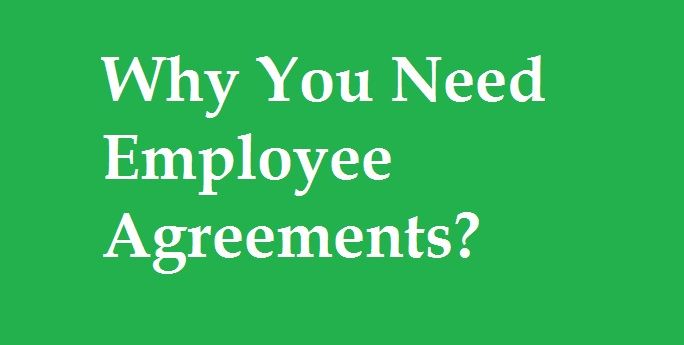An Employee agreement is a traditional contract used in relationships between employee and employer for the purpose of layout the rights, responsibilities, and obligations of both parties during the employment period.
Employee Agreement: Everything You Need to Know
An Employee agreement is a traditional contract used in relationships between employee and employer for the purpose of layout the rights, responsibilities, and obligations of both parties during the employment period.
What Is an Employment Agreement?
Employment agreements are the traditional contract used in relationship between employee and employer.
Examples of the key inclusions are:
- Salary
- Work schedule
- Benefits
- Vacation benefits
- Restriction on confidentiality of information
Employer benefits are generally offered and included in an employment agreement. This agreement will include
health insurance
non-traditional offerings, such as vacation based on hitting performance goals.
An employee contract will typically be reduced to a traditionally written contract that will require the employer and employee to sign.
Termination and “At-Will” Employment Agreement
In the event of termination, an employee is most likely to use an employment agreement to demonstrate that an employer did not have a right to terminate the employee from services.
In many states, employment is frequently classified as at-will, which allows employer to terminate any employee at any moment, so long as the reason for termination is not an illegal.
Advantages of an Employment Agreement
- Control the employee's ability to leave the organization.
- Prevents the employee from competing against the organizationzatio.
- Prevents the employee from revealing business secrets.
- Gives the employer more control over the employee.
Disadvantages of an Employment Agreements
- Job security: Even though there is no dearth of opportunities available for contract employment.
- Tax information: This is the part of legal obligation fulfilling which sometimes becomes difficult for employees. ...
- Creating a brand for company
- Burden
- Time management issues
Types of Employment
- Generally, employees are classified as who are hired by an organization and receive compensation from the employer for their responsibilities.
- Permanent / fixed-term employees.
- General employees.
- Trainees – employees.
- Employment agency staff – labour hire.
- Contractors/sub-contractors – hired staff.
What to Include in Your Employment Agreement Template?
- Employment
- Position
- Job title.
- Compensation
- Benefits
- Probationary Period
- Paid Time Off
- The employer reserves the right to edit any paid time off policies.
- Termination
- The Employee agrees to return any Employer property upon separation.
- Non-Competition and Confidentiality
- As an Employee, you can access to proprietary information that is the property of the Organization. You are not permitted to disclose confidential information outside of the Company.
- During your time of Employment with the company, you may not engage in any work for another company that is related to or in competition with the Company.
- It is further acknowledged that upon separation of your employment, you will not solicit business from any of the Employer’s competitor for a ceratin period.
- Entirety
- This agreement represents the entire agreement between the employee, employer and supersedes any previous written/oral agreement. This agreement may be modified as neeed, provided the written consent of both the parties.
- Legal Authorization
- The Employee agree that he or she is fully authorized to work in the country and can provide proof of this with legal documents.
- Severability
- The parties agree that if any portion of this contract is found to be void or unenforceable, it shall be struck from the record and the remaining provisions will retain their full force and effect.
- Jurisdiction
Why Use an Employment Agreement?
After the application has been filled out, the resume submitted to HR, the employee has met with current employees for interviews, The employer will ask the employee to sign an employee contract to formalize the process of employment. While there still may be many items to iron out, it is important for employers to put every term and conditions for employment in writing so that both the employer and employees know what to expect from relationship.

